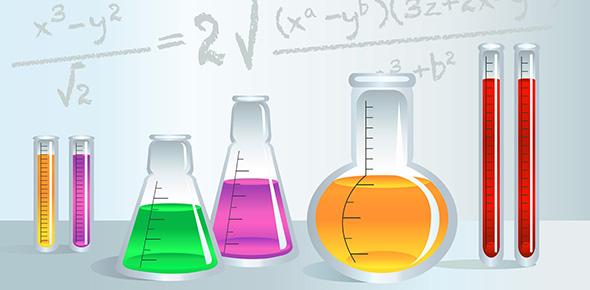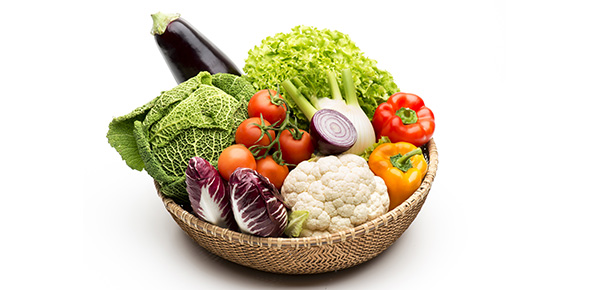Related Flashcards
Related Topics
Cards In This Set
| Front | Back |
|
What are the different types of carbohydrates?
|
CarbohydratesSimple CarbohydratesComplex carbohydratesDietary fibers
|
|
Carbohydrates
|
Organic compounds that contain carbon, hydrogen, and oxygen in various combinations.
|
|
Simply Carbohydrates
|
Are known as sugars, can be divided into two categories: disaccharides and monosaccharides .
|
|
Three major monosaccharides
|
GlucoseFructoseGalactose
|
|
Disaccharides
|
Combination of two monosaccharides (maltose, lactose, and sucrose)
|
|
Complex carbohydrates
|
Generaly formed when three or more glucose molecules combine. Commonly known as starches and also known as polysaccharides.
|
|
Glucose Polymers
|
Are polysaccarhides prepared commercially by controlled hydrolysis of starch
|
|
Dietary Fiber
|
Consists of non-digestible carbohydrates and lignin that are intrinsic and intact in plants. Definition includes accompanying phytochemicals
|
|
Functional Fiber
|
Consists of isolated, non-digestible carbohydrates that have beneficial physiological effects in humans. Extracted from foods; may be added to other foods.
|
|
Total Fiber
|
The sum of dietary fiber and functional fiber
|
|
Glycogen
|
Storage form of carbohydrate for animals and humans. Structure similar to amylopectin. Found in the liver and muscles
|
|
Insoluble (non fermentable) Fiber
|
CelluloseHemi-celluloseLigin
|
|
Soluble (viscous) Fiber
|
GumPectinMucilageFruit, vegetable, rice bran, psyllium seed
|
|
Recommended Dietary Allowance (RDA)
|
130 grams
|
|
Acceptable Macronutrient Distribution Range (AMDR)
|
45-65% of energy intake
|






